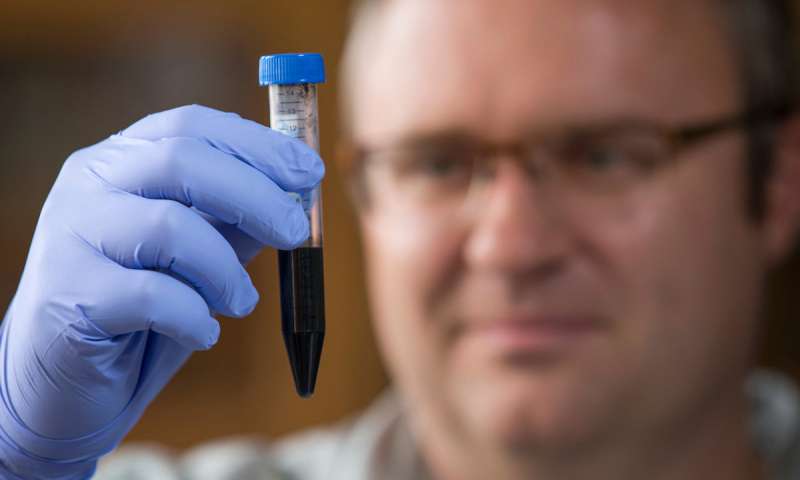

联系人:杨经理
电话:0510-85386636
手机:18001518665
尚蒙科技无锡有限公司
地址:江苏省无锡市新吴区菱湖大道228号天安智慧城A1-602
最近,美国依阿华大学的科学家开发出一种低价、柔性和可以水洗的喷墨打印电路技术,其墨水是的核心材料是氧化石墨烯。也是目前全球第一款疏水的电路打印技术。结果发表在Nanoscale杂志上,详细的内容参见英文报道和论文全文。

The nanotechnology "would lend enormous value to self-cleaning wearable/washable electronics that are resistant to stains, or ice and biofilm formation," according to a recent paper describing the discovery.
"We're taking low-cost, inkjet-printed graphene and tuning it with a laser to make functional materials," said Jonathan Claussen, an Iowa State University assistant professor of mechanical engineering, an associate of the U.S. Department of Energy's Ames Laboratory and the corresponding author of the paper recently featured on the cover of the journal Nanoscale.
The paper describes how Claussen and the nanoengineers in his research group use inkjet printing technology to create electric circuits on flexible materials. In this case, the ink is flakes of graphene - the wonder material can be a great conductor of electricity and heat, plus it's strong, stable and biocompatible.
The printed flakes, however, aren't highly conductive and have to be processed to remove non-conductive binders and weld the flakes together, boosting conductivity and making them useful for electronics or sensors.
That post-print process typically involves heat or chemicals. But Claussen and his research group developed a rapid-pulse laser process that treats the graphene without damaging the printing surface - even if it's paper.
And now they've found another application of their laser processing technology: taking graphene-printed circuits that can hold water droplets (they're hydrophilic) and turning them into circuits that repel water (they're superhydrophobic).
"We're micro-patterning the surface of the inkjet-printed graphene," Claussen said. "The laser aligns the graphene flakes vertically - like little pyramids stacking up. And that's what induces the hydrophobicity."
Claussen said the energy density of the laser processing can be adjusted to tune the degree of hydrophobicity and conductivity of the printed graphene circuits.
And that opens up all kinds of possibilities for new electronics and sensors, according to the paper.
"One of the things we'd be interested in developing is anti-biofouling materials," said Loreen Stromberg, a paper co-author and an Iowa State postdoctoral research associate in mechanical engineering and for the Virtual Reality Applications Center. "This could eliminate the buildup of biological materials on the surface that would inhibit the optimal performance of devices such as chemical or biological sensors."
The technology could also have applications in flexible electronics, washable sensors in textiles, microfluidic technologies, drag reduction, de-icing, electrochemical sensors and technology that uses graphene structures and electrical simulation to produce stem cells for nerve regeneration.
The researchers wrote that further studies should be done to better understand how the nano- and microsurfaces of the printed graphene creates the water-repelling capabilities.
The current studies have been supported by grants from the National Science Foundation, the U.S. Department of Agriculture's National Institute of Food and Agriculture, the Roy J. Carver Charitable Trust plus Iowa State's College of Engineering and department of mechanical engineering.
The Iowa State University Research Foundation is working to patent the technology and has optioned it to an Ames-based startup, NanoSpy Inc., for possible commercialization. NanoSpy, located at the Iowa State University Research Park, is developing sensors to detect salmonella and other pathogens in food processing plants. Claussen and Stromberg are part of the company.
The graphene printing, processing and tuning technology is turning out to be very useful, Stromberg said. After all, "electronics are being incorporated into everything."
More information: Suprem R. Das et al, Superhydrophobic inkjet printed flexible graphene circuits via direct-pulsed laser writing, Nanoscale (2017). DOI: 10.1039/C7NR06213C
地址:江苏省无锡市新吴区菱湖大道228号天安智慧城A1-602 :0510-85386636 传真:0510-85384339 电子邮箱:info@solmontech.com
: